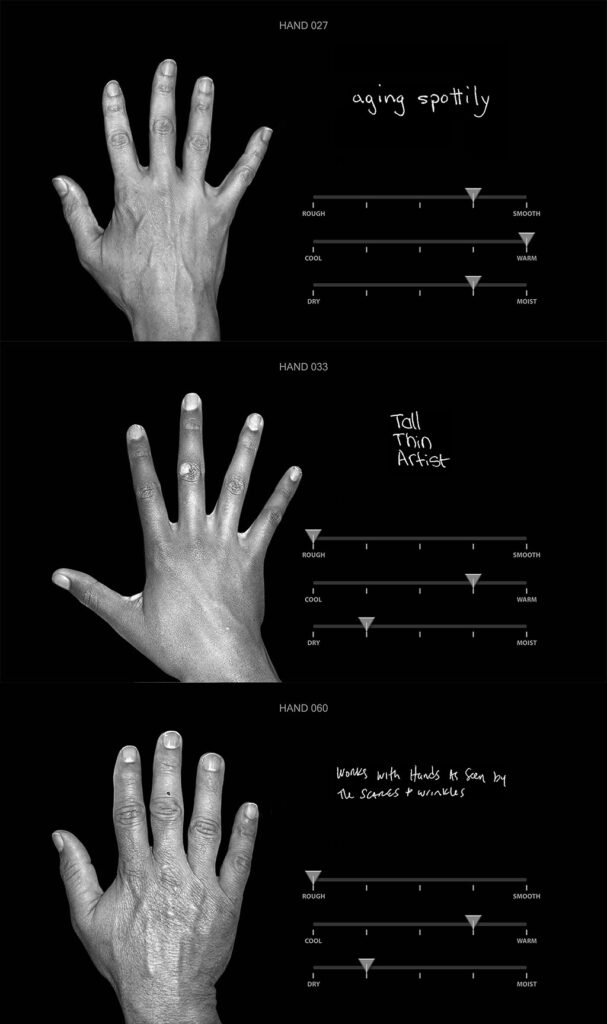Among the newsworthy events during our stay in the UK (such as the death of the Queen and the self-destruction of the Prime Minister) was the attack on Vincent van Gogh’s “Sunflowers” by soup-wielding climate activists at London’s National Gallery. Debra and I happened to be in the National Gallery a few days after the incident, and we were surprised to see “Sunflowers” looking as good as new, with not even a residual mark on the wall to which the perpetrators had reportedly superglued themselves. Still, each succeeding attack on a piece of art increases the danger that permanent damage will be done.
Climate change is the most urgent crisis facing humanity, but doing anything about it has proved to be politically challenging. The protestors’ aim was clearly to shock our leaders (or to shock us into pressuring our leaders) into taking action, but — as with most such stunts — they don’t appear to have succeeded. Everyone was shocked, all right, but the outcome has not been bold action against climate change; it’s been bold action to curtail the smuggling of groceries into art museums.
I remember, about twenty years ago, hearing an interview with a skateboarder on public radio. At the time, many people were upset about the damage done to public and private property by young people doing tricky maneuvers on skateboards. The skateboarder being interviewed said that he had no desire to cause harm. “Look, all I want to do is skate,” he said. In short, if skateboarding caused property damage, that was regrettable; but if the alternative was not to skate — that was unthinkable.
I think of that skateboarder when I consider the tactics used by climate activists. I know that they have no real desire to ruin priceless works of art. But if the alternative is to let the world continue burning fossil fuels as if there were no consequences, then that alternative is unacceptable.
Of course, in each case we’re being presented with a false dilemma. In the case of the skateboarder, it turned out that the options were not limited to skating or not skating. The problem of property damage was largely solved by cities building skateboard parks that were designed to accommodate skaters’ needs. In the case of climate protests — or, for that matter, any political protests — there must be other ways to draw the public’s attention to an urgent cause.
Here’s my idea: Every day, a variety of serious crimes make their way into the news media. Theft, assault, vandalism, fraud — local TV newscasts love them! For obvious reasons, the people who commit these crimes generally prefer to remain nameless. So, why not set up a registry that allows activist organizations to attach their names to otherwise unattributed criminal acts? Imagine, for example…
- “This is Channel 11 news, live on the scene at an Exxon-Mobil gasoline station that was robbed earlier this evening. Three intruders made off with an estimated $2,000 in cash. The identities of the robbers are unknown, but the advocacy group Just Stop Oil later took credit for the robbery in an effort to call attention to the dangers of fossil fuels.”
- “Police now believe that the fire that consumed a suburban convenience store last night was intentionally set. While arson investigators continue looking for definitive proof of how the fire began, an organization called Extinction Rebellion has claimed responsibility for the blaze, citing it as a warning of more fires to come if global temperatures continue to rise.”
- “A spate of carjackings that have roiled the downtown area in the past two weeks have led to an increased police presence on city streets. Although the carjacking incidents appear to be unconnected, the environmental group Climate Emergency Fund claims to be behind them, hoping that they will encourage commuters to abandon their cars in favor of public transportation.”
If more than one group wants to attach its name to an event, a system could be set up that allows naming rights to go to the highest bidder. The result would be better all around: Rather than engage in further lawbreaking to get the public’s attention, activist groups could concentrate on fundraising to sponsor criminal acts that have already been committed. The money raised could go toward compensating the victims of those crimes. And the public would be forced to take notice of environmental and political issues that they might otherwise ignore.
Am I totally serious about this? Of course not. But I hope that similarly outside-the-box thinking will lead to a way for us to curb humanity’s worst instincts without causing unnecessary harm to some of humanity’s greatest achievements.


Recent Comments